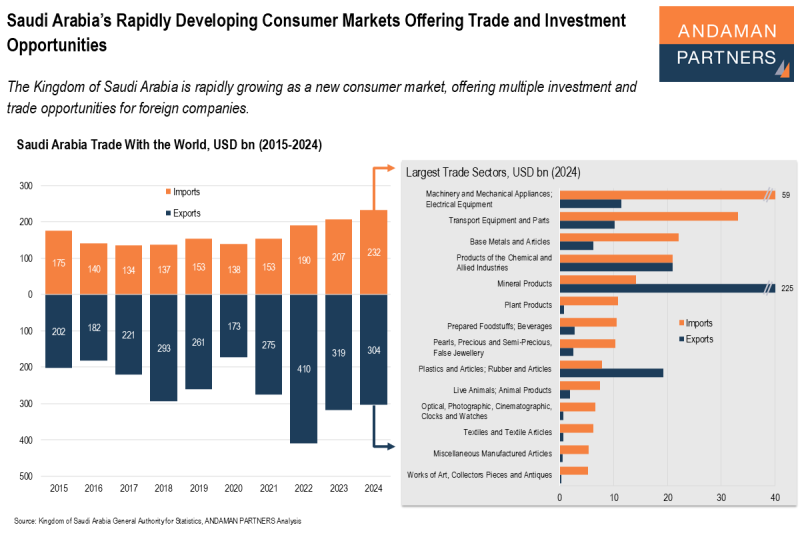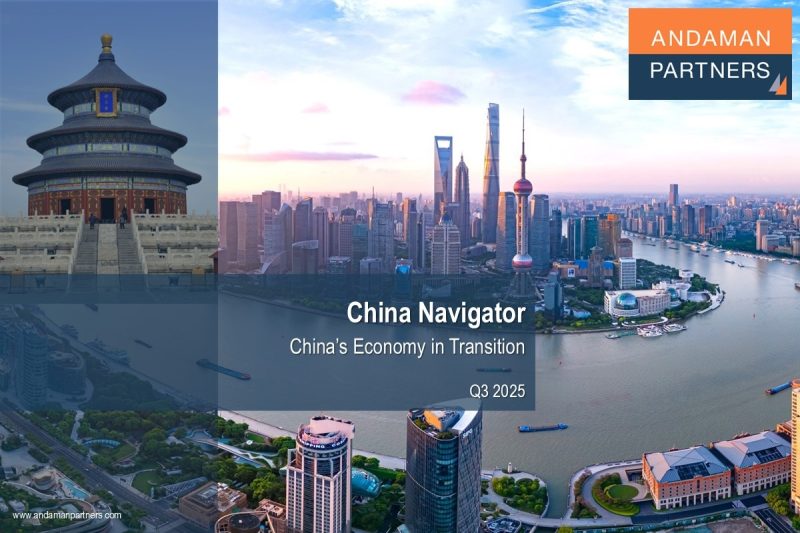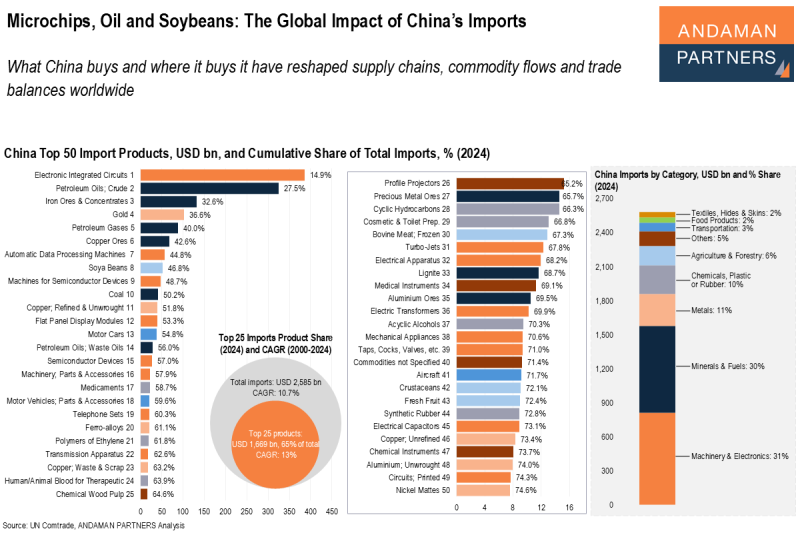China’s Five-Year Plans steered economic development from investment- and export-led expansion in the 1990s toward more balanced, high-quality growth and domestic consumption from the 2000s onwards.
China’s Five-Year Plans (FYPs) have been the central policy framework steering the country’s economic transformation since the 1950s. A strategy to mobilise investment, accelerate industrialisation and gradually integrate into global trade in the 1990s evolved into a more complex agenda from the 2000s onwards, focused on technological innovation, domestic consumption and sustainable growth.
Under successive FYPs, China moved from quantity to quality, from low-cost manufacturing to advanced industries, from infrastructure to innovation and from an export-driven model to one increasingly anchored in the domestic market.
Long-term policy continuity has been a defining feature of China’s rise as a global economic power, with each successive FYP making a significant contribution and building on the progress of the preceding plan.
From 1991 to 2005, China’s FYPs were fundamentally geared toward accelerating growth, expanding infrastructure, attracting investment, industrialising rapidly and integrating into global markets. From 2006 onward, beginning with the 11th FYP, the plans increasingly focused on rebalancing and adjustment, shifting emphasis from quantity to quality, from industry to services, from energy intensity to efficiency and from external demand to a more domestically anchored growth model.
8th FYP (1991–1995): Launching the Socialist Market Economy
The 8th Plan marked a decisive shift toward market-oriented reform, with massive investments in infrastructure, energy and coastal industries, leading to double-digit growth and creating the foundation for China’s manufacturing and export boom.
9th FYP (1996–2000): Consolidating Reform and Broadening Prosperity
With the restructuring of state-owned enterprises (SOEs) and the deepening of the market, the 9th Plan guided China through rapid modernisation while improving living standards. By 2001, China had entered the lower-middle-income category and stabilised economic growth at a high level.
10th FYP (2001–2005): Integration into the Global Economy
Following accession to the World Trade Organisation (WTO) in 2001, the 10th Plan focused on structural adjustment and competitiveness. Trade and FDI surged, industry was upgraded, and China’s export machine became central to global supply chains.
11th FYP (2006–2010): Rebalancing Toward Quality and Conservation
With the economy booming, the 11th Plan prioritised environmental protection, energy efficiency and higher-value-added sectors under the “Scientific Outlook on Development” framework.
The 11th FYP marked a strategic turning point, as policy shifted from maximising growth speed to managing structural imbalances, environmental costs, and social equity, themes that became central tenets of every subsequent plan.
12th FYP (2011–2015): Expanding Services and Emerging Industries
The 12th Plan aimed to rebalance growth by expanding domestic consumption, reducing inequality and nurturing strategic emerging industries. Services overtook industry as the largest sector, indicating a structural shift in the economy.
13th FYP (2016–2020): Innovation-Driven Growth and Addressing Poverty
The 13th Plan accelerated the push toward innovation, research & development (R&D) and supply-side reform, while completing the goal of eliminating extreme poverty. It also advanced the energy transition, setting new targets for fossil fuel emissions and renewable energy production.
14th FYP (2021–2026): Domestic Demand and the Green Transition
The 14th Plan focused on expanding domestic demand, digital transformation and green development, positioning China to compete more effectively in a more uncertain global environment. The plan emphasised tech self-reliance, innovation and a more balanced growth model.
The 15th FYP is currently in the final stages of drafting and will cover the period 2026-2030. Priorities for the upcoming plan could include an emphasis on economic resilience (e.g., diversifying trade partners and reducing reliance on imports of critical materials), boosting domestic consumption, improving domestic capabilities in key technologies, bolstering technological innovation and scientific research, expanding domestic demand and rural revitalisation.
Also by ANDAMAN PARTNERS:
ANDAMAN PARTNERS supports international business ventures and growth. We help launch global initiatives and accelerate successful expansion across borders. If your business, operations or project requires cross-border support, contact connect@andamanpartners.com.

AAMEG Sundowner Event in Cape Town Ahead of Mining Indaba 2026
ANDAMAN PARTNERS is pleased to sponsor and support the AAMEG Pre-Indaba Cocktail.
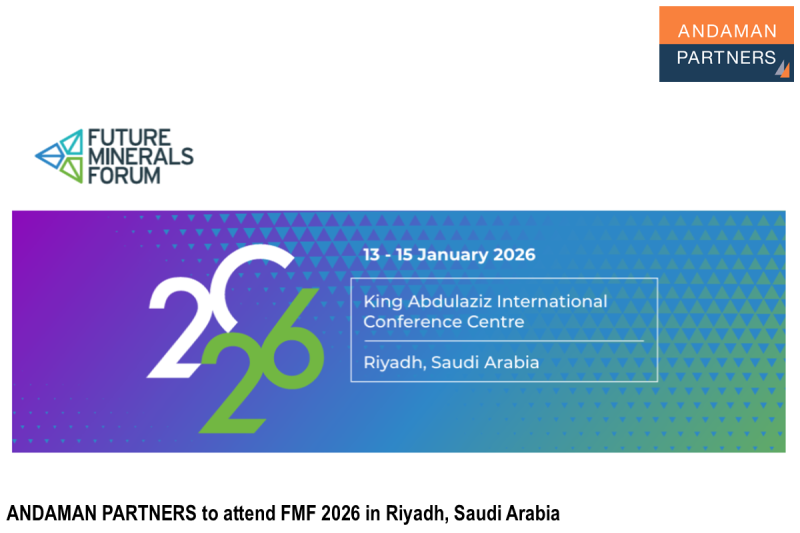
ANDAMAN PARTNERS to Attend Future Minerals Forum 2026 in Riyadh, Saudi Arabia
ANDAMAN PARTNERS Co-Founders Kobus van der Wath and Rachel Wu will attend the Future Minerals Forum (FMF) in Riyadh, Saudi Arabia.

ANDAMAN PARTNERS to Attend Investing in African Mining Indaba 2026 in Cape Town
ANDAMAN PARTNERS Co-Founders Kobus van der Wath and Rachel Wu will attend Investing in African Mining Indaba 2026 in Cape Town, South Africa.
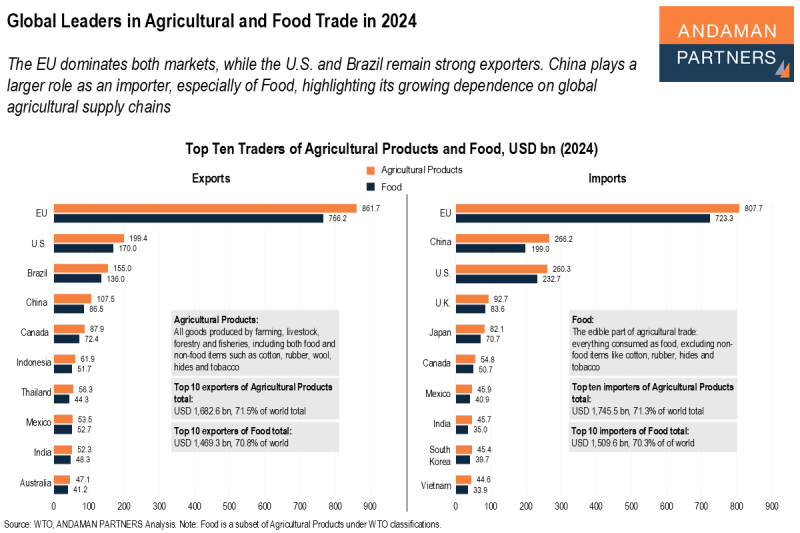
Global Leaders in Agricultural and Food Trade in 2024
The EU dominates both markets, while the U.S. and Brazil remain strong exporters. China plays a larger role as an importer.
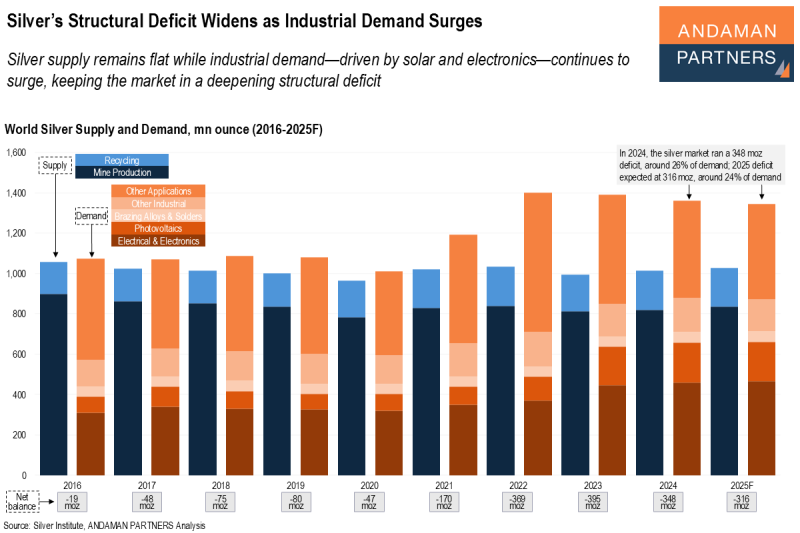
Silver’s Structural Deficit Widens as Industrial Demand Surges
Silver supply remains flat while industrial demand—driven by solar and electronics—continues to surge, keeping the market in a deepening structural deficit.
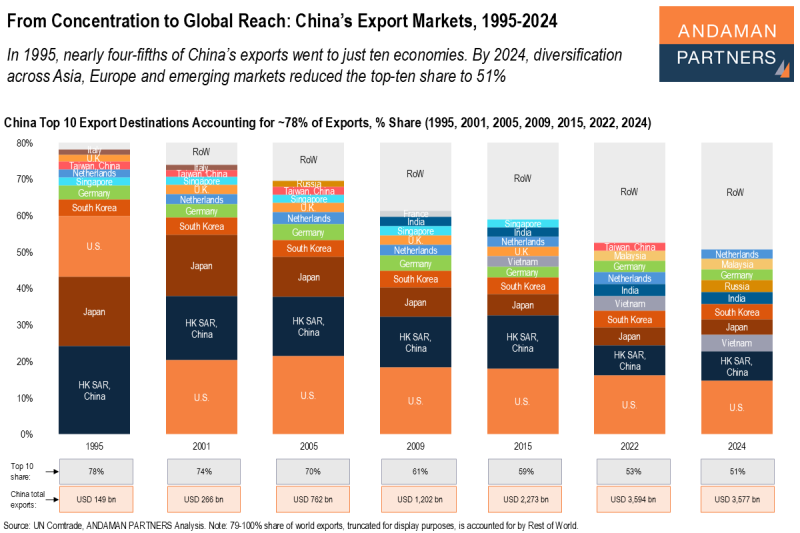
From Concentration to Global Reach: China’s Export Markets, 1995-2024
In 1995, nearly four-fifths of China’s exports went to just ten economies. By 2024, the top-ten’s share was reduced to 51%.


